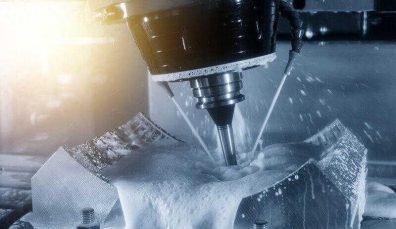In the world of manufacturing, custom forging has emerged as a popular and efficient process for producing high-quality metal components. With its ability to create complex shapes and enhance material properties, custom forging offers numerous advantages and finds applications across various industries. In this article, we will explore the advantages of custom forging and delve into its diverse applications, highlighting the reasons why it has become a preferred choice for many manufacturers. Visit the official page to learn more.
Enhanced Strength and Durability:
One of the key advantages of custom forging is the significant improvement in the strength and durability of the forged components. During the forging process, the metal undergoes plastic deformation under high pressure, aligning the grain structure and eliminating any weak spots or defects. This results in a denser and more uniform material, making the forged parts stronger and more resistant to fatigue, impact, and wear. Industries such as automotive, aerospace, and oil and gas rely on custom forging to ensure the reliability and longevity of their critical components.
Design Flexibility:
Custom forging offers immense design flexibility, allowing manufacturers to create parts with intricate shapes and complex geometries that are difficult or even impossible to achieve through other manufacturing processes. The malleability of the metal during forging enables the production of components with contoured surfaces, varying cross-sections, and precise dimensional tolerances. This versatility opens up endless possibilities for designing innovative and optimized products, catering to specific application requirements.
Cost Efficiency:
Contrary to the misconception that custom forging is an expensive process, it can actually be cost-effective in many cases. While the initial tooling and setup costs may be higher compared to other manufacturing methods, the long-term benefits outweigh the investment. Forged components have superior strength and durability, reducing the need for frequent replacements and minimizing downtime. Additionally, the elimination of secondary operations and the high material utilization in forging contribute to cost savings in the production process.
Wide Range of Applications:
Custom forging finds applications across a wide range of industries. In automotive manufacturing, forged components such as crankshafts, connecting rods, and steering knuckles offer improved performance, reliability, and weight reduction. The aerospace industry utilizes custom forged parts for aircraft landing gear, engine components, and structural elements, ensuring safety and efficiency in flight. Other industries, including oil and gas, power generation, agriculture, and construction, benefit from the use of forged components due to their strength, durability, and resistance to harsh environments.
Sustainability and Material Efficiency:
Custom forging is an environmentally friendly manufacturing process. It promotes sustainability by minimizing material waste and energy consumption. The precise shaping of metal through forging results in minimal material loss, and the recyclability of forged components ensures a closed-loop system. Additionally, the energy-efficient nature of the forging process, with its reliance on mechanical force rather than excessive heat, contributes to reducing carbon emissions and conserving energy resources.
Conclusion:
Custom forging offers numerous advantages that make it a preferred choice for manufacturers across various industries. The enhanced strength, design flexibility, cost efficiency, and wide range of applications make custom forging a reliable method for producing high-quality metal components. Moreover, its sustainable and material-efficient nature aligns with the principles of environmental responsibility. Whether in automotive, aerospace, oil and gas, or other industries, custom forging continues to drive innovation and deliver superior performance. Embrace the benefits of custom forging and unlock new possibilities in product design, quality, and reliability.


